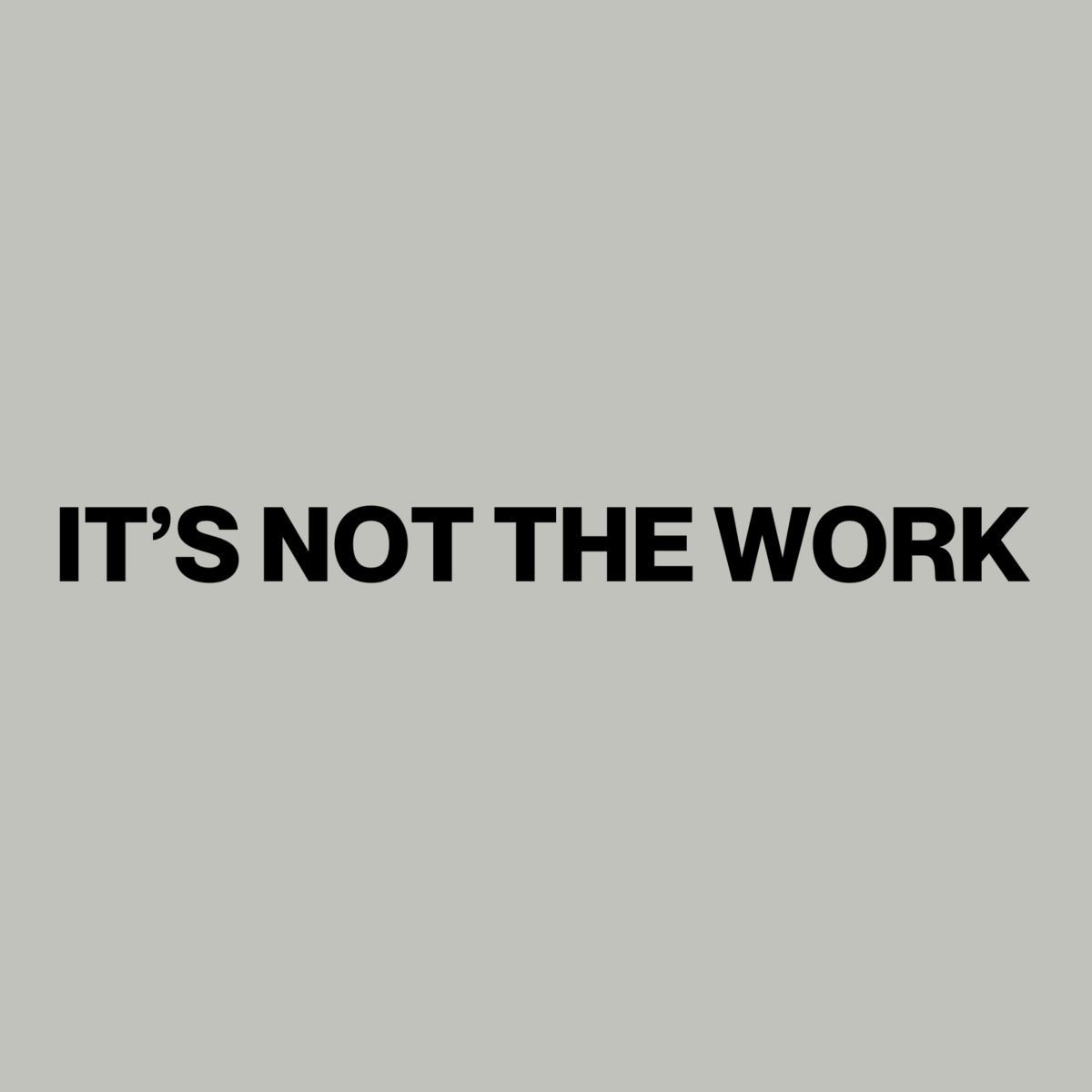Hi, I’m Nithya Sudhir. I collect words, chase patterns, and write about whatever makes me curious.
It’s Monday.
Someone forwarded this? 💌Subscribe to get it fresh, every Tuesday.
Missed an issue? 💬Catch up on past essays.
Curious what else we’re building? 💡Insane Media lives here.
Want your campaign in front of our users? 📌Reach out here.
Retail therapy, (not) on a budget?
Dyson dryers, Labubu keychains, $12 matcha — behind every little luxury is a bigger story. This week, we’re breaking down the science of Treatonomics.
Okay, that’s it. We have to talk about Labubu or should I say “love-bubu.”
The bug-eyed vinyl figure that everyone absolutely loves! Created by Hong Kong artist Kasing Lung, the Labubu doll has gone from a niche toy to global Gen Z obsession.
It became so popular that counterfeit operations in China netted approximately $1.7 million by distributing fake Labubu dolls.
StockX saw 2.4 million searches for Labubu in the first six months of this year and they say the trend is far from over.
The standard doll sells for $30 per piece.
I’m confused.
All this is unfolding in the middle of a fragile economy — stubborn inflation, rising tariffs, and living costs that keep climbing.
The Science of the Splurge
What makes a $30 doll feel irresistible in a cost-of-living crisis?
Let’s get into it.
1. Hyperbolic discounting: our tendency to choose instant gratification.
In an experiment conducted by Leonard Green, Astrid F. Fry, and Joel Myerson, participants were given a simple choice:
They could either pick a fixed-amount reward (e.g., $1,000) that they could get after a week, a month, 6 months, 1 year, 3 years, 5 years, 10 years, or 25 years.
Or, they could pick an immediate reward that varied in amount (e.g., from $1 to $1,000).
In short: $1,000 in 10 years or $50 now.
Can you guess the result?
Most participants chose the smaller, immediate reward. $50.
And the longer the delay, the more likely they were to pick the instant option.
Turns out, with rising costs, a shaky job market and financial milestones feeling out of reach for many young adults — small purchases offer Gen Z a temporary sense of control or indulgence.

Source: The Decision Lab
In fact, a new survey also reported that more than half of Gen Zers say they buy themselves a small treat at least once a week.
And because the reward triggers a dopamine rush, we’re wired to repeat the behavior again and again.
(Remember: our brains were built for survival, not rationality.)
🤝 Supported by Tatari
Customer acquisition is evolving fast, and the old playbook isn’t cutting it. Paid social is harder to scale, TikTok’s future is uncertain and Gen Z is skipping search entirely.
Join Forward 2025 by Tatari on Sept. 4 in New York City, a free, half-day event built for DTC marketers ready to add new channels to the old playbook and scale smarter.
Hear from the co-founders of Reddit, AppLovin, and Poppi, and brand leaders from Saatva, Ariat, Coterie and more as they share today’s growth strategies, from performance TV to community-led discovery.
Wrap the day with a rooftop happy hour alongside speakers and peers. Seats are free, but going fast.
2. Not irrational splurges — it’s Emotion Regulation Theory (Gross, 1998) in action.
We don’t just feel emotions — we actively manage them.
That can mean using behaviors to change our mood.
Antecedent-focused regulation: acting before an emotion fully unfolds.
e.g. buying a coffee after a stressful meeting to boost your mood.
Response-focused regulation: acting after the emotion has hit.
Umm, online shopping after a breakup to reduce sadness?
Makes me wonder - can money really buy happiness? Maybe just momentarily.
A recent McKinsey & Company report found that 59% of Gen Z consumers plan to splurge on treats like beauty products and snacks in the coming months, compared to just 35% of Gen Xers and 20% of Baby Boomers.
Millennials are right behind, at 53%.
How Small Indulgences Built Giants
Two very different brands — one selling matcha, the other lip gloss — have turned small indulgences into billion-dollar empires.
The $500 Million Coffee Chain
Blank Street started in 2020 with a Brooklyn cart.
Today, it’s worth $500 million with 90 stores in the U.S. and U.K.
Its success? TikTok-friendly matcha flavors. We’re talking Strawberry Shortcake Matcha, Oreo Matcha, and Blueberry Matcha.
Gen Z isn’t just buying caffeine, they’re buying a moment of indulgence.
And it’s not just them: a viral clip this month showed a Starbucks customer in tears after her favorite “feel-good” drink was discontinued — proof that coffee isn’t just a beverage, it’s an emotional anchor.
The $1 Billion Skincare Startup
Rhode launched in 2022 with just ten products — lip tints, cleansers, and creams priced between $18 and $30.
By 2025, it grew into a $212M brand, driven by its “glazed-donut skin” aesthetic.
TikTok hype turned Rhode into aspirational minimalism in a tube.
In May 2025, e.l.f. Beauty acquired Rhode in a deal worth up to $1 billion.
For Gen Z, buying Rhode isn’t just skincare — it’s buying into Hailey Bieber’s carefully crafted lifestyle. A small tube of lip peptide isn’t just hydration. It’s an affordable luxury, a treat that says: I belong.
3 Strategies to Becoming Recession-Proof
As pressure mounts, brands are counting on consumers leaning into the very behaviors we just explored — once called the ‘lipstick effect,” today resurfacing as ”Treatonomics.”
Lean into Wellness-Driven Treats
Shoppers want small luxuries that feel emotionally uplifting.
Offer Affordable Luxury, Not Gimmicks
Minis, charms, and entry-level luxuries must feel premium, not like cheap afterthoughts.
Double Down on Marketing — Don’t Go Dark
Brands that maintained ad spend during past recessions recovered faster and gained share.
A $12 matcha or a $20 lip gloss isn’t just indulgence — it’s emotional survival.
In 2025, retail therapy is self-care. Consumers aren’t just chasing products; they’re chasing dopamine hits, identity cues, and small anchors of control.
For brands, that’s the mandate: if you can be the authentic feel-good moment in someone’s week, you won’t just make a sale — you’ll make their day.
How's the depth of today's edition?
As always, hit reply if something in here hits home.
See you next week,
Nithya
P.S. If you want to get a case study about your own brand, reply to this email. If you’d like to reach our newsletter audience (founders, creators, and marketers), click the button below.
If you’re new here, I’m over the moon you’ve joined us! To help me craft content that’s actually useful (and not just noise in your inbox), I’d love it if you took 1 minute to answer this quick survey below. Your insights help shape everything I write.
Insane Media is more than one voice
💡 Dive into our other newsletters - where psychology meets the founders, creator economy, Human resources and AI trends.






